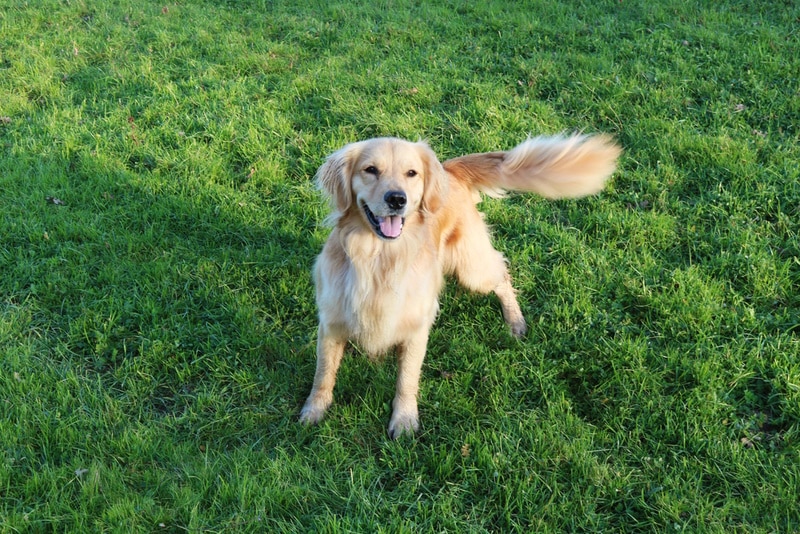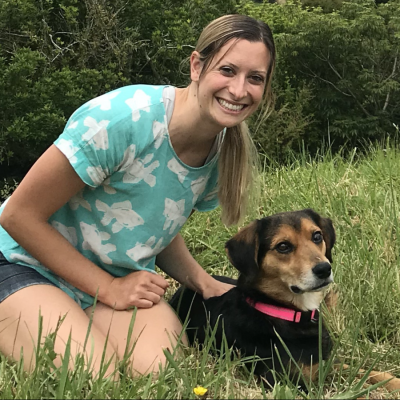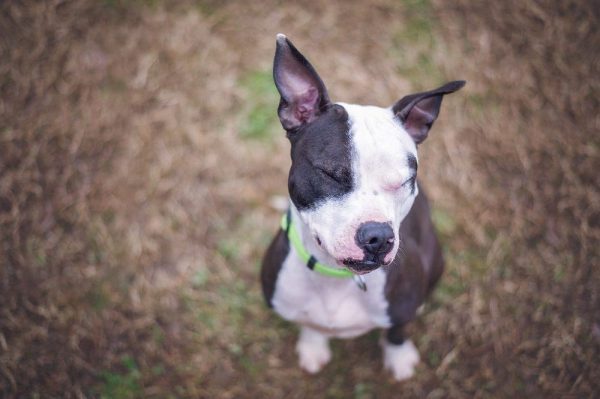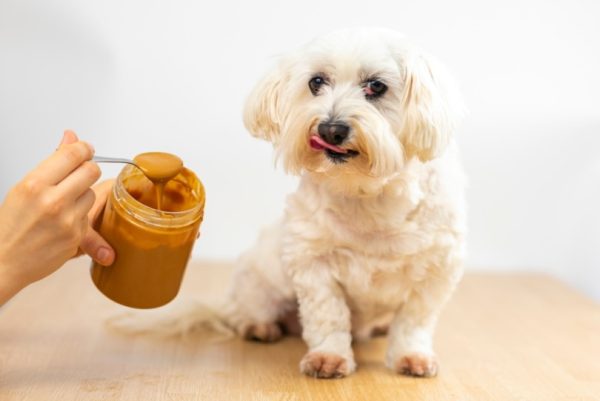Dogs are renowned for their boundless love and loyalty; humans throughout time have found love and companionship with canines of all spots and stripes. Their affectionate nature is expressed in various lovely ways, giving us a deep sense of connection and joy.
Let’s look at 10 endearing ways dogs show affection, reminding us of the beautiful bond between humans and dogs.

The 10 Common Ways Dogs Show Affection
1. Tail Wagging
The classic and universally recognized sign of a happy dog, tail wagging is a clear indication of joy and excitement. Certain factors, like the speed, direction, and height of the wag, can convey different emotions, from a gentle back-and-forth for contentment to an energetic wag for sheer, unadulterated glee.
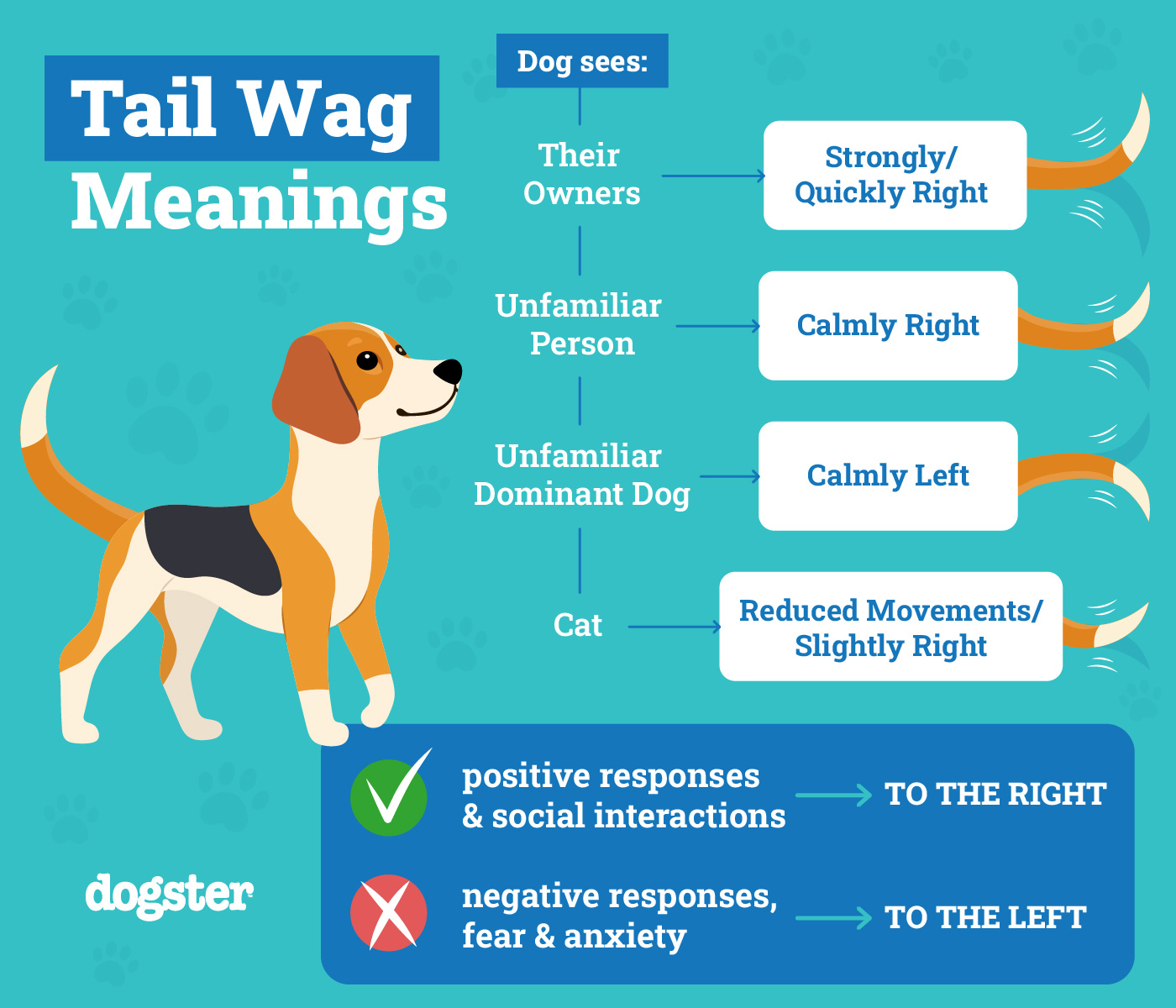
2. Licking
Dogs use licking to show love and affection for both people and other dogs. Whether a quick lick on your hand or an enthusiastic face wash, this behavior is a gesture of trust, closeness, and companionability. Licking releases endorphins, one of the brain’s happy chemicals, creating a positive emotional exchange for both the dog and the recipient. However, vets recommend avoiding allowing your pets to lick your ner eyes, ears, or mouth, as well as any open wound.
3. Cuddling and Snuggling
Dogs are natural cuddlers. When your dog seeks physical contact, whether by leaning against you or nestling in your lap, it’s a clear expression of affection. The warmth and comfort of close physical contact strengthen your bond with your furry friend.
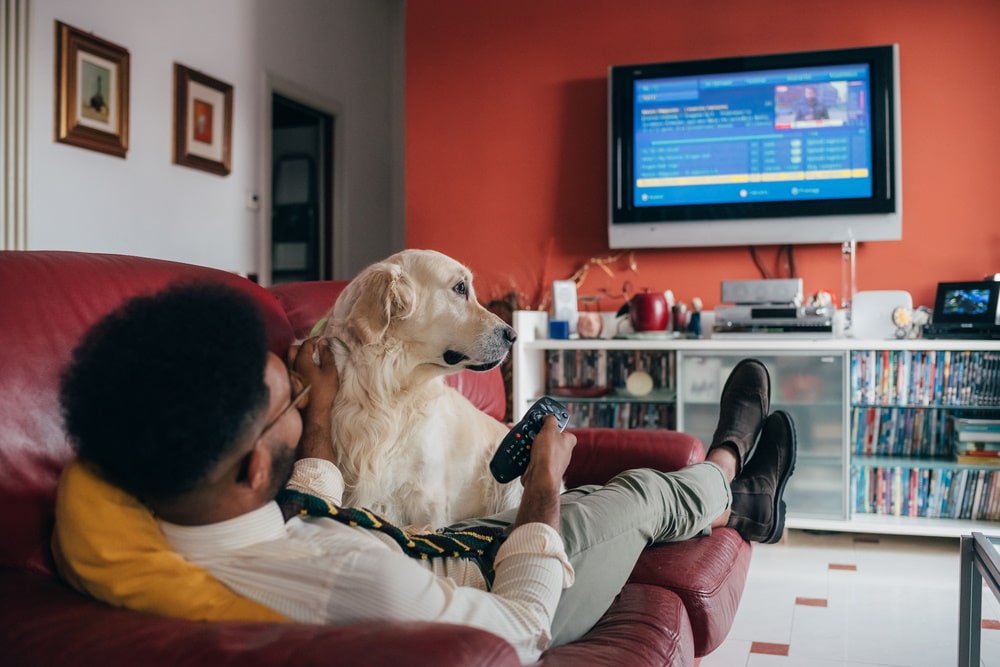
4. Eye Contact
Meaningful, deep eye contact is a powerful form of communication between people and also between dogs and their human companions. When your dog looks deeply into your eyes, it releases oxytocin, the “love hormone,” in our brains, fostering a sense of connection and trust1.
5. Bringing Gifts
Dogs have a unique way of expressing affection through gift-giving. Whether it’s a favorite toy, a sock, or even a stick, presenting you with a cherished item is a gesture of love and a desire to share their world with you. They probably also really want you to play with them, another form of connection and companionship.
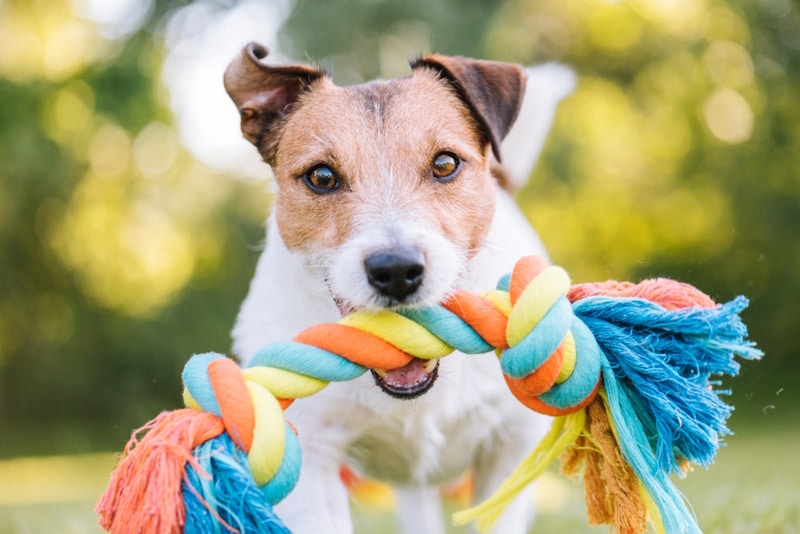
6. Following You Around
Dogs often exhibit shadowing behavior, following their owners from room to room. This demonstrates a strong attachment and a desire to be close to you. Your dog sees you as their leader and feels secure when in your presence.
7. Sitting on Your Feet
When your dog sits on your feet or leans against your legs, it’s a physical manifestation of their need for proximity and reassurance. This behavior is particularly common when your dog senses your stress or anxiety, offering comfort in their own silent way. Leaning is often accompanied by the aforementioned eye contact.
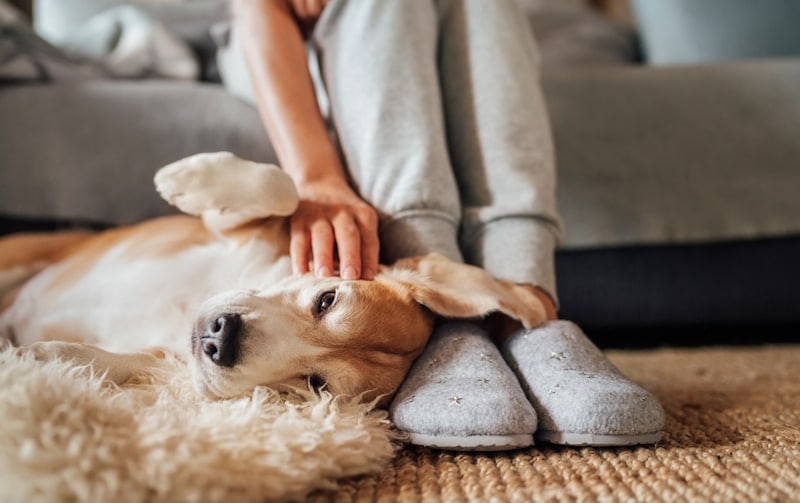
8. Playfulness and Excitement
Dogs express joy and affection through play. Their exuberant jumping, spinning, and playful antics, like the zoomies, are not just about burning off energy; they are an invitation for you to join in the fun and share moments of pure happiness.
9. Nudging and Nuzzling
Gentle nudges and nuzzling are affectionate behaviors that demonstrate a dog’s desire for closeness. This physical contact is a way for your dog to show they feel safe and secure in your presence.

10. Sleeping Close By
Dogs are pack animals, and sleeping close to their pack members is a way to reinforce their sense of belonging and safety. Whether it’s curling up at the foot of your bed or snuggling against you on the couch, your dog’s choice of sleeping location is symbolic of their love and trust.

Conclusion
These 10 heartwarming gestures tell us so much about the love and loyalty dogs bring into our lives in their own colorful and nuanced language. Understanding and appreciating these expressions deepen the bond between humans and their canine companions, creating a relationship filled with happiness, trust, and companionship that will never wag (see what we did there?).
Related Read:
Featured Image Credit: Evelyn Chou, Shutterstock

